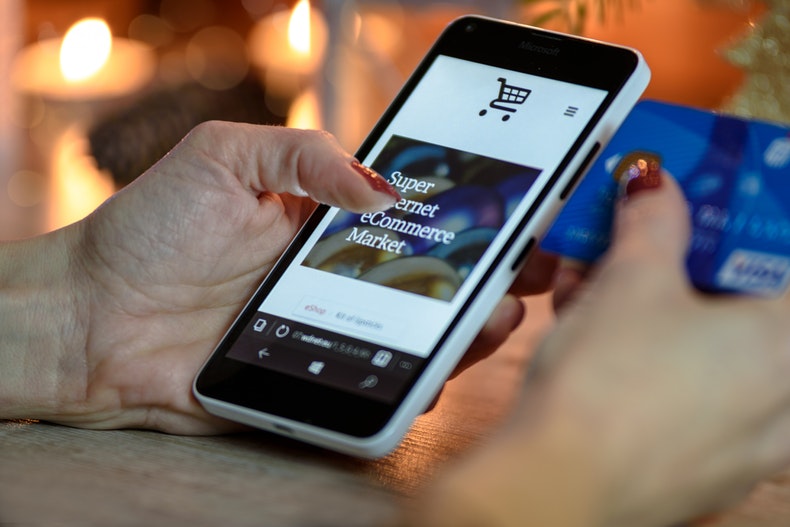Though estimates vary, it is believed seven out of 10 people abandon shopping carts. The reasons vary. Among them are security concerns, discovering a higher total price than expected and being forced to register with the site. Some people just plain got distracted and wandered off.

Whatever the reasons—whether you’re determining how to sell an ebook online, cosmetics or electronics—cart abandonment is an issue. These shopping cart best practices minimize the hurdles between your customers and conversion, with an eye toward improving your bottom line.
Clarity Is Key
Minimize menus on the page so it doesn’t look cluttered.
Feature product details in a summary, so shoppers can confirm the purchase at a glance. Naturally, this information will vary if you’re considering how to sell an ebook online as opposed to physical merchandise. However, you should always include an image of the product, its exact title and any pertinent specifications. You should also list the quantity ordered, the size (if appropriate) and color (if applicable.
The best ecommerce platforms, like those produced by Shopify, provide an edit function to allow the customer to add items or delete items without restarting the process. They also afford a link back to the product page in case the customer wants to look it over again before buying.
Disclose the total amount due for the purchase and give them an easy to find button in a distinct color to click to check out securely. Label the button “Go To Secure Checkout”. Speaking of which, while trust seals like those from McAfee and VeriSign should appear throughout your site, they should definitely be placed next to your go to checkout button.
Regarding the total purchase amount; free shipping is the way to go if you can swing it. If not, disclose the shipping cost on your product pages so it isn’t a surprise when customers get to the checkout page.
Offer a Variety of Payment Options
Most online shoppers have a payment option they prefer. The most popular one is PayPal, but there are many others. Naturally, you should accept all major credit cards as well.
If your business leans toward an international clientele, you’ll need to find the most popular payment methods in each of the countries from which your traffic flows. U.S. customers favor different methods than those from Asia and Europe. Program your cart to read the shopper’s IP address so you can show them the most popular payment methods in their areas.
Allow Saving for Later
People cannot always complete a transaction immediately. If you provide a save for later option, they can come right back to the checkout page and pick up where they left off.
This enables you to send retargeting reminders with links back to where they were in the process if they stay away too long. The save for later function also permits users to go back and shop your site a bit more before making their final purchases.
Simplify the Process
The more typing a person has to do complete a transaction, the less likely they are to go all the way through it. And, yes, we know you want to build up your email list of people who have bought from you before. However, your first goal should be to get them to have bought from you before.
Give the customer a choice to checkout as a guest or register. If they choose the former, ask for name, mailing address, billing address and credit card number—period. Once the transaction is complete, offer them some incentive to register with your site.
These four shopping cart best practices will make confirming purchases easier for your customers. They will guide the shopper along to your checkout page and conversion. Just keep in mind, the simpler and clearer you make the process, the more likely they are to complete the transaction.











